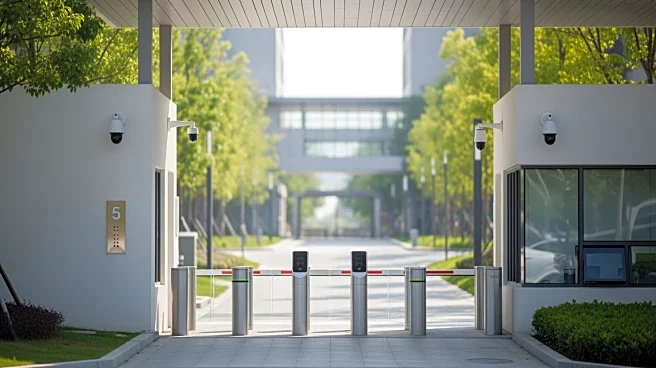What's Happening?
Higher education institutions are increasingly adopting biometric technologies for physical security, such as face recognition and biometric access control. These technologies offer security benefits,
like incident investigation and restricted area access, but also raise privacy concerns. Institutions must navigate state and local legislation while deploying these tools responsibly. Strategies include limiting data collection, establishing retention policies, and using video redaction technology. The integration of AI and pattern-recognition technologies in security systems requires thoughtful policies to protect privacy while enhancing campus safety.
Why It's Important?
The use of biometric technologies in higher education highlights the need for a balance between security and privacy. As institutions adopt advanced security measures, they must ensure compliance with privacy regulations to protect individual rights. The deployment of these technologies can enhance campus safety but also poses ethical and legal challenges. Higher education institutions must develop clear policies and work with technology partners to address these issues, ensuring that security innovations do not infringe on privacy rights. This situation underscores the importance of responsible technology use in educational settings.













